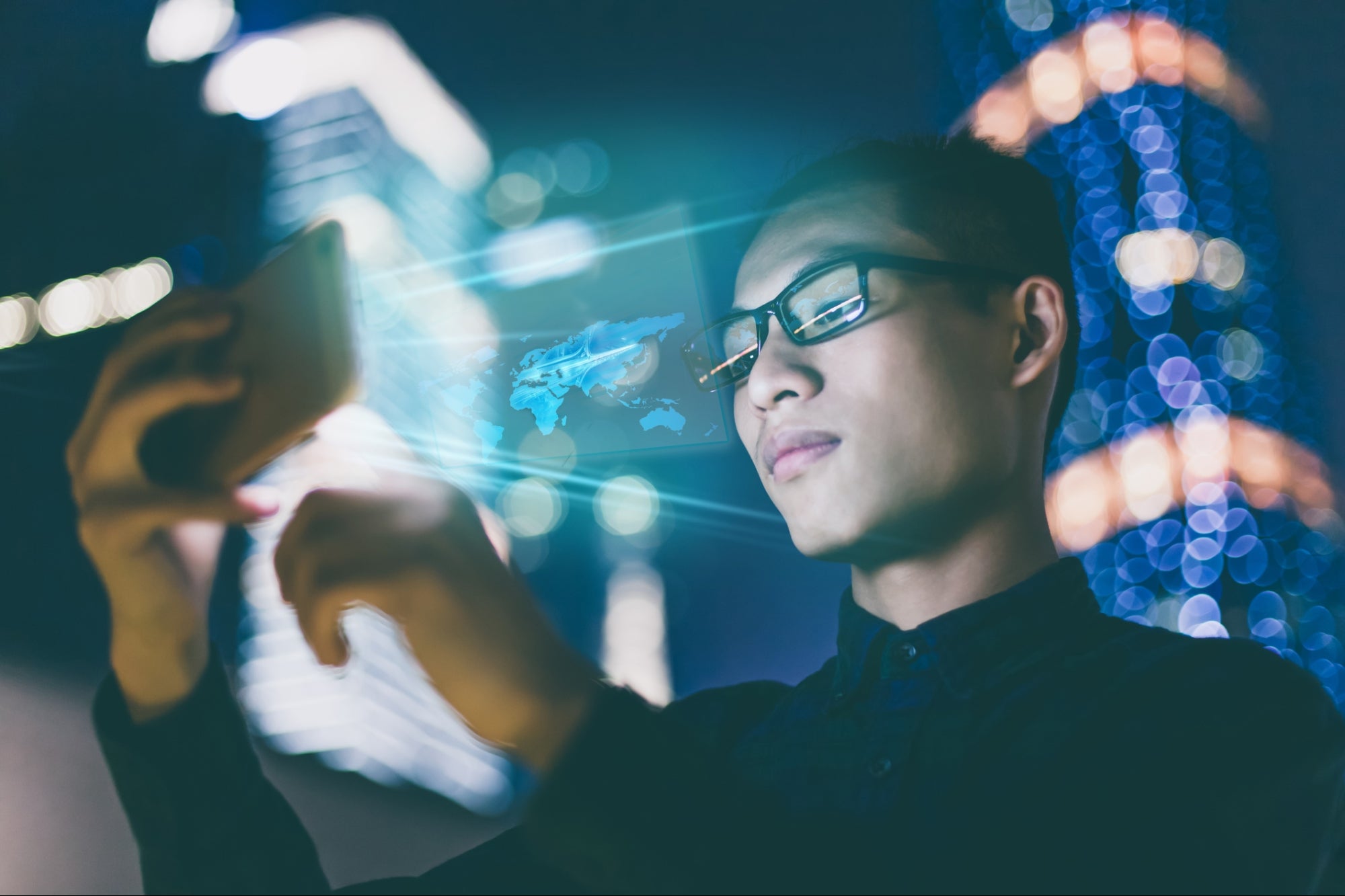Opinions expressed by Entrepreneur contributors are their own.
It’s no longer a secret that we’re now living in the era of digital transformation. The travel industry has experienced significant changes as well, pushing advertisers and brands to consider new messaging, channels and approaches before campaign launches.
After a long period of being locked up, travelers are ready to spend their savings. The recent increase in demand has caused travel companies to boost their marketing spend and carefully choose the right tone in their messaging. So what’s at the very heart of the travel-brand roadmap now?
Behavior changes should turn into marketing hypotheses
The virus is still not eliminated completely, and anxiety levels are not dropping. The health implications of travel and safety precautions necessitate specific customer-experience strategies, including work with brand awareness, evaluation and post-purchase scenarios.
Today, small-group trips are being prioritized as consumers become more selective of their environment and co-travelers. Private car rental is going to prevail over buses while outdoor activity bookings, including boat rides, snorkeling and parasailing, keep growing. Moreover, the golden mean here is highly transparent messaging and strong relationships.
New norms require new approaches. For example, there has been a dramatic increase in the number of pet-owners during the Covid-19 pandemic, which means “pet-friendly” holidays are highly regarded. According to Airbnb research, during Q1, pet-allowed rentals reached 65%. These audiences are potentially ready for inflated prices, and brands offering attractive alternatives can win the competition for their business.
Related: Why Domestic Travel Looks More Promising in a Post-Pandemic World
Authenticity and hyper-aware approaches will remain crucial
Customers want travel companies to give more than deals. The industry used to be transaction-oriented or, in other words, the best deal implied the cheapest ticket, but today people think about value first. They are looking for a luxury experience, from five-star hotels to upgraded flights and a personalized approach. What’s more, these travelers are hyper-aware of the influence of their behavior on global issues. Eco-friendly, high-tech and smart is where we are heading.
Moreover, while travelers are in search of the best deals, they expect to get these offers on their own terms. Such ad experiences are more about being complementary to their online journey rather than disruptive. Investing in traditional display and search will still work, but contextual relevance remains the key to authenticity. Airline or tour ads on travel-related OTT channels, affiliate marketing within relevant articles and collaborations with brand ambassadors, who gather the most engaged audiences, can make sure your messages get to the right people.
Podcast trippers and digital nomads are looking for the best offer
Conferences in destinations like Las Vegas and Orlando are likely to return to being face-to-face; business traveling is gradually recovering, and here podcast ads can succeed when business travelers are on the go. Category targeting by business professionals can help expand the reach and make it more precise.
Wise brands should concentrate on providing the necessary facilities for digital nomads in order to prolong their stay and turn it into a huge revenue source. Estimates suggest that 22% of U.S. workers will be working remotely by 2025 — that’s 36.2 million people.
Additionally, according to ABTA, travelers are getting back to the places they’ve already been to; only approximately 30% of people surveyed consider visiting new travel spots, so it’s time to put a major focus on retargeting agencies’ customers with familiar places.
Related: This Entrepreneur’s Travel Company Actually Grew During the Pandemic
Reward incentives, livestreaming and VR/AR enter the scene
Reward incentives can create truly unique offers. Looking for a vacation to book for summer 2022, one comes across an ad for a hotel or apartment with a 15% discount on all reservations. At the same time, the customer finds another option with a 10% reservation discount and 5% cashback on one room. Despite the fact that the currency value of each deal is almost the same, a potential buyer will more likely choose the second option as it offers more than one opportunity to save. Strategic investment in combined rewards will help marketers win the competition.
Digital-savvy users also prefer authentic reviews of products or services before making a purchase. Livestreaming can help revive the travel industry. It provides a pool of engaging options for marketers to showcase their activities and communicate to consumers in real-time. Travelers’ need for discovery will become more and more technology-powered as well as mobile- and CTV-dominated because of the ease of content consumption, purchases (e.g., via QR) and interactions. Our VlogBox team is now testing multiple engaging features on CTV, from OTT gaming to mental-health channels, that could potentially be applied to travel ads in the future. By 2030, we will hopefully have a tech opportunity to take instant virtual holidays, and now is the right time to prepare the audiences for casual consumption of similar ads that enable visual testing and emotion-based decision making and ticket booking.
Related: Covid-19: Travel After the Pandemic
The major problem for travel brands remains a frequent discrepancy between what the customer persona used to be and what it became during the pandemic. Reimagining who your current customers are is the key to staying afloat.







